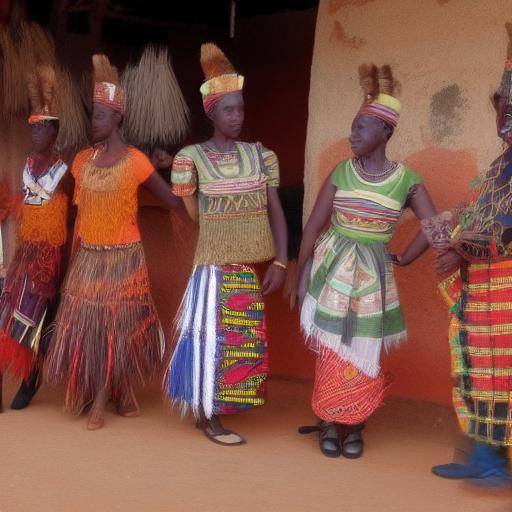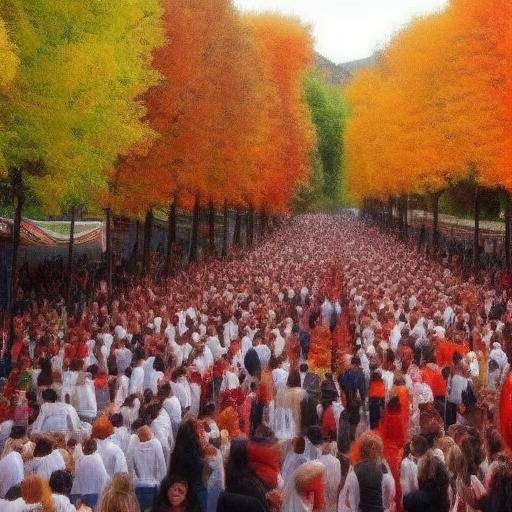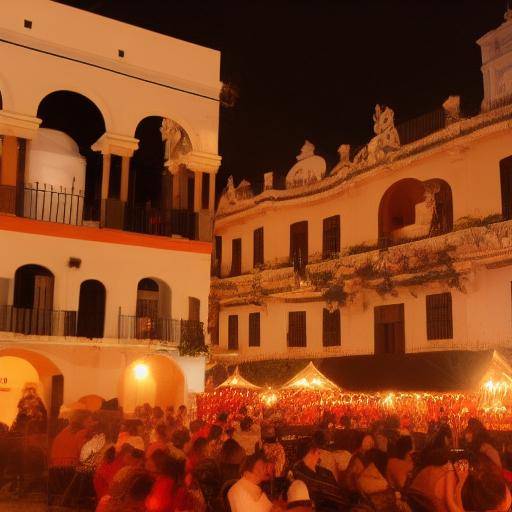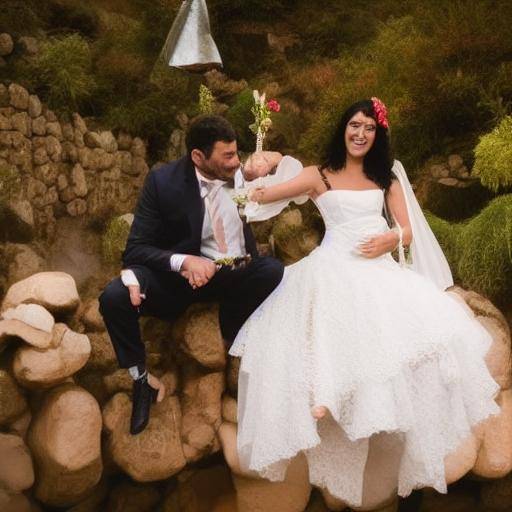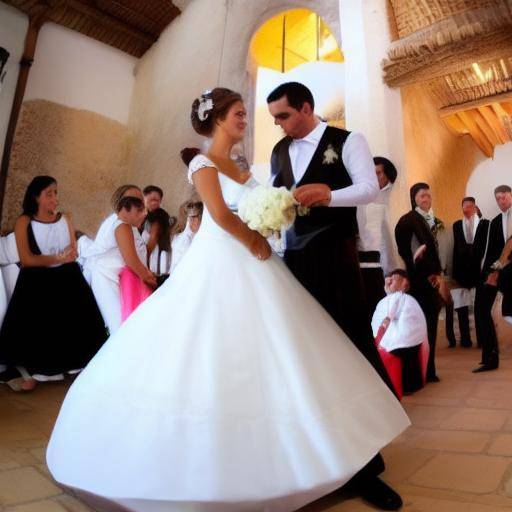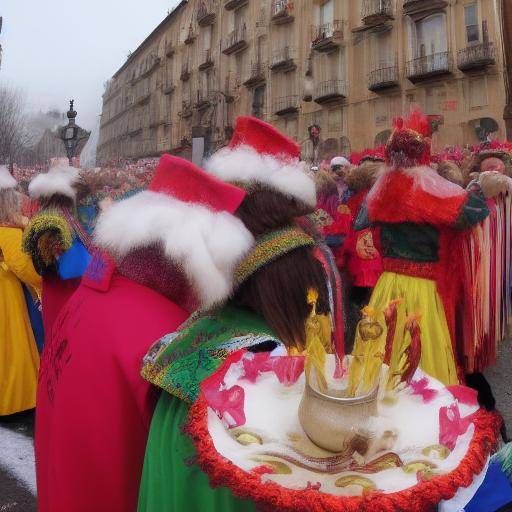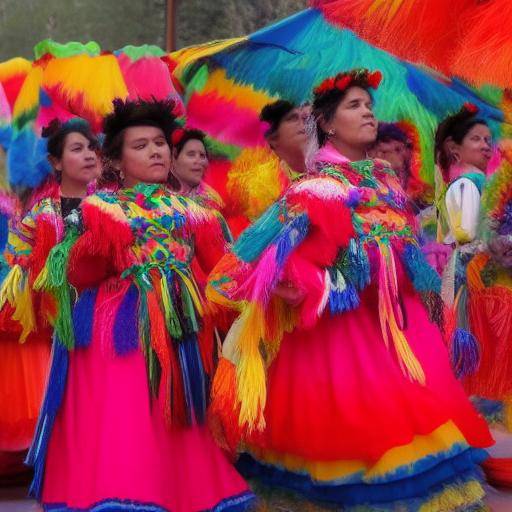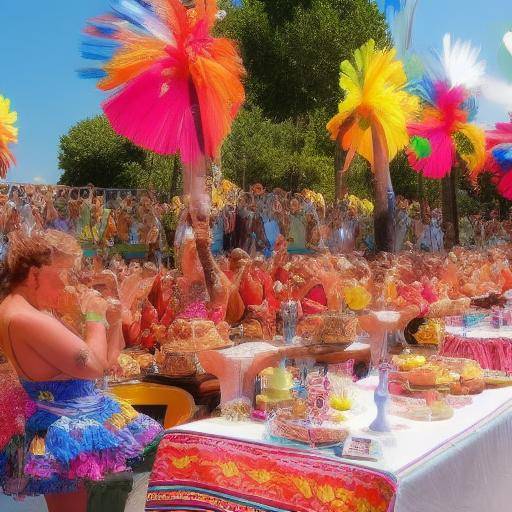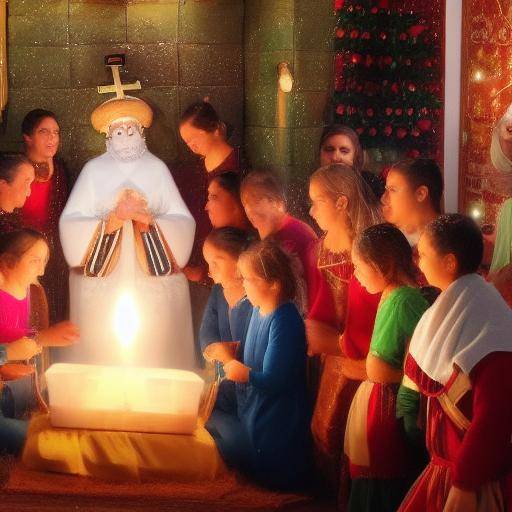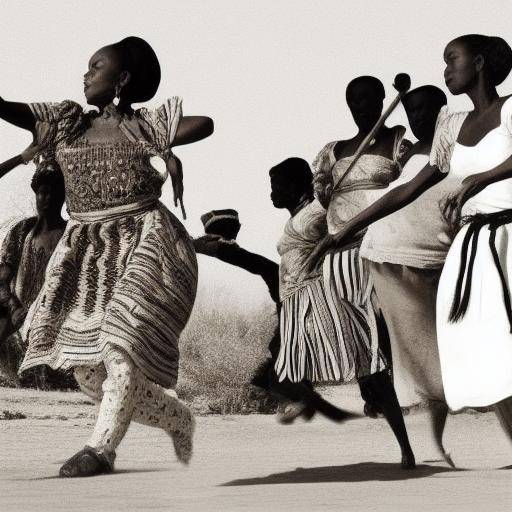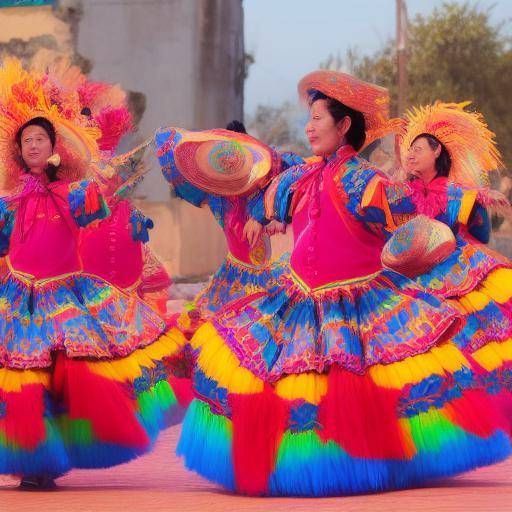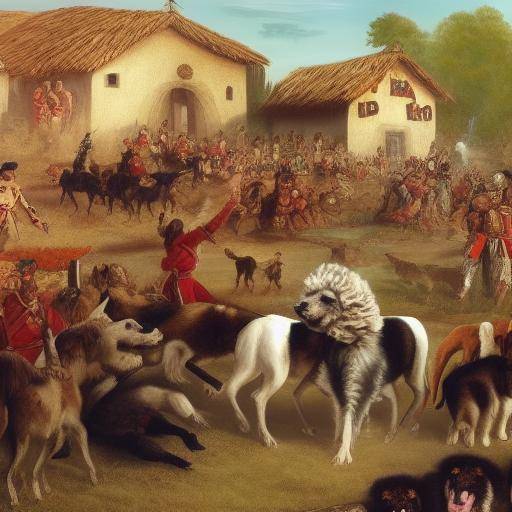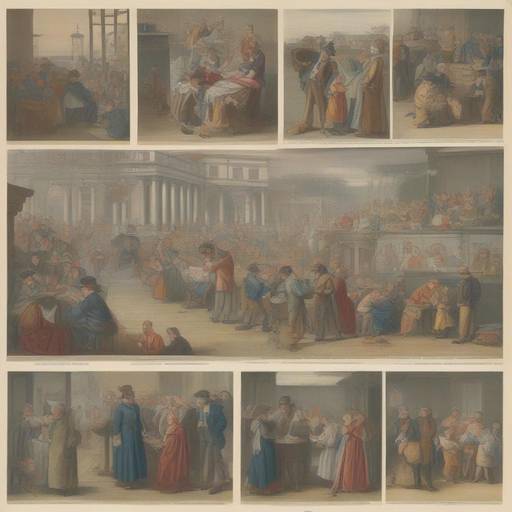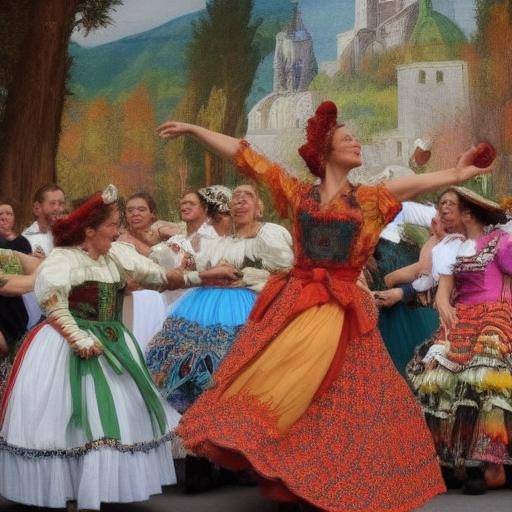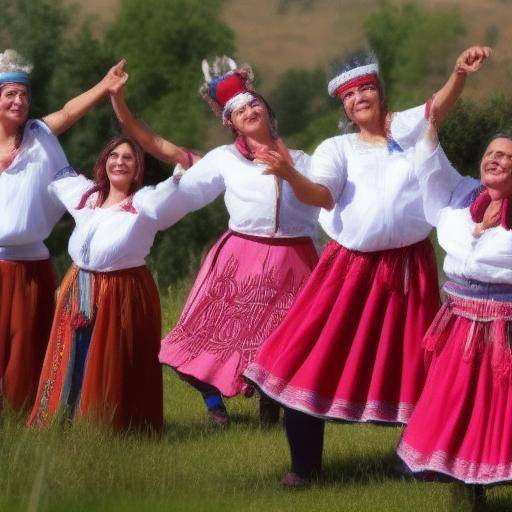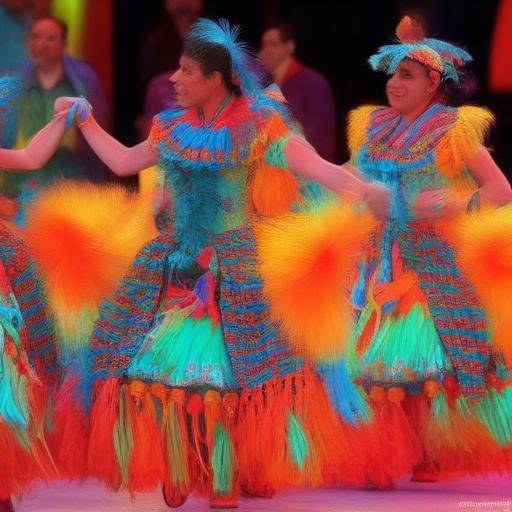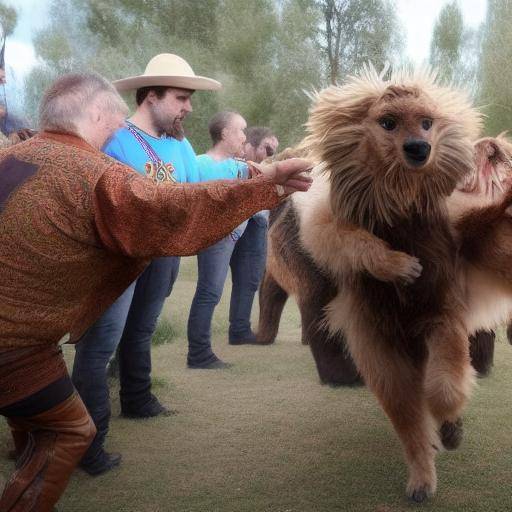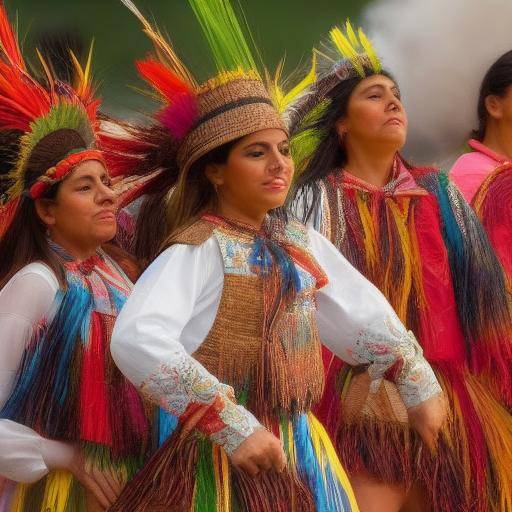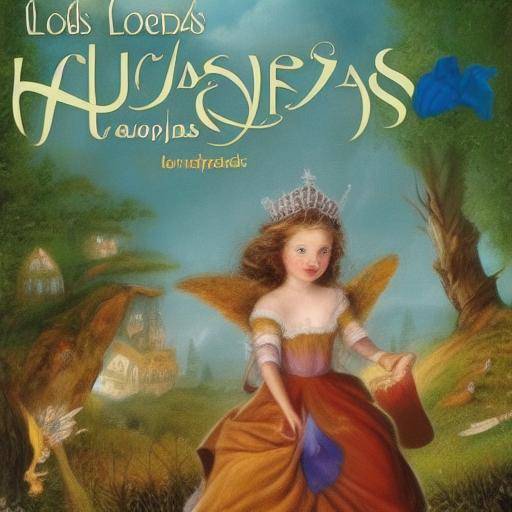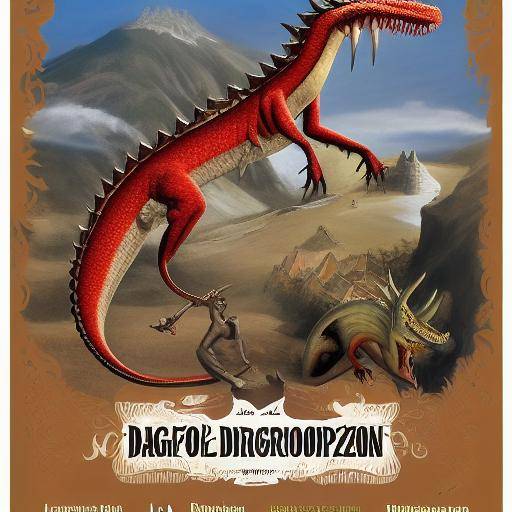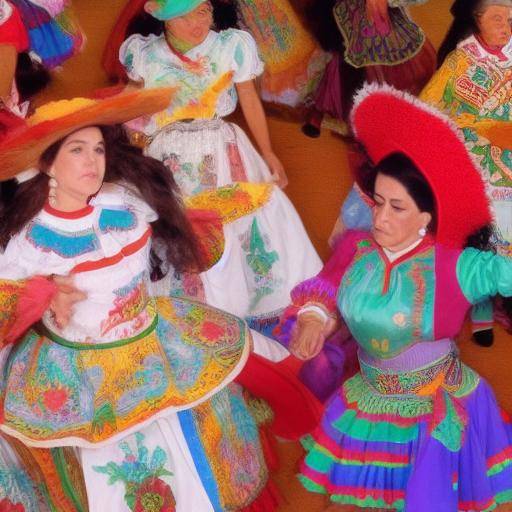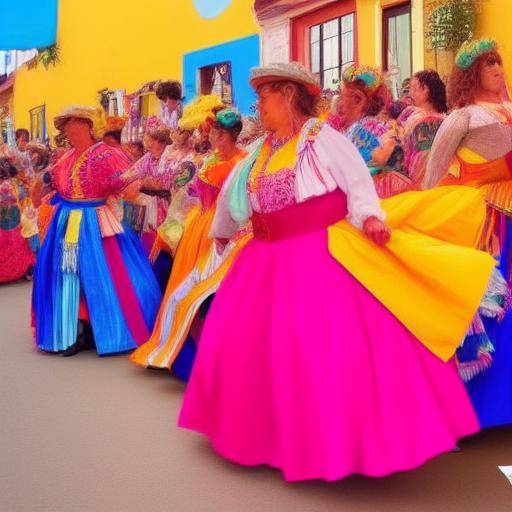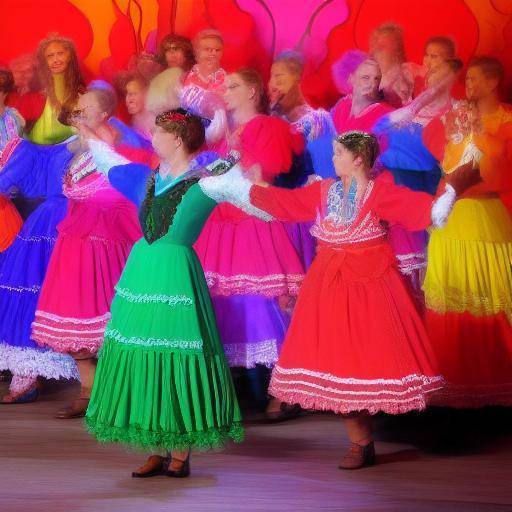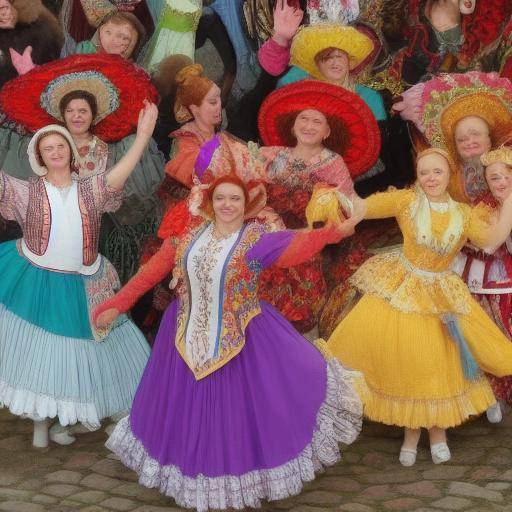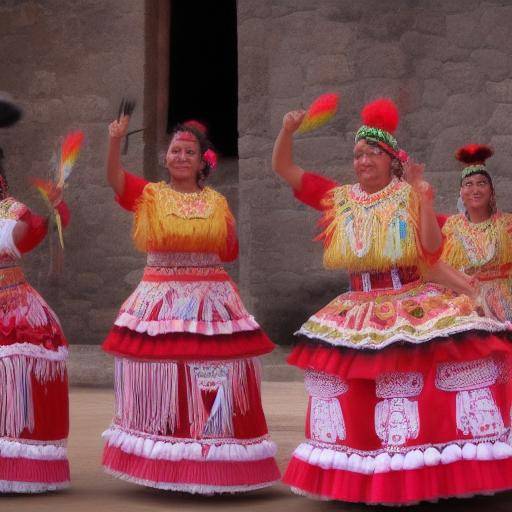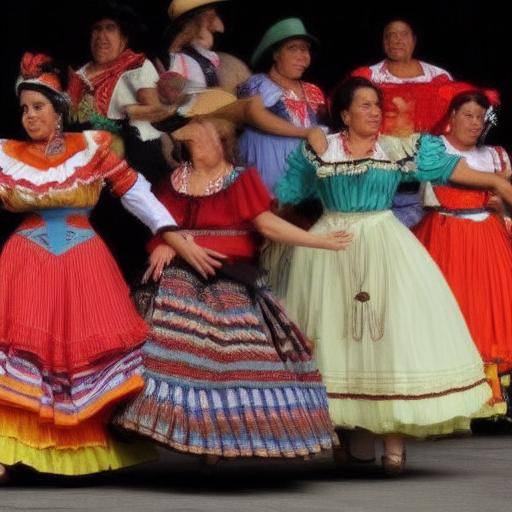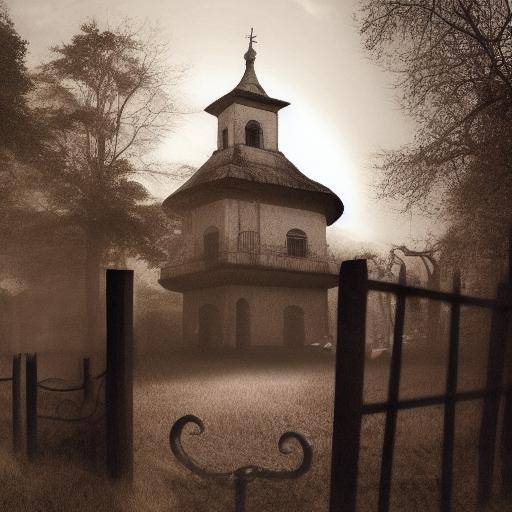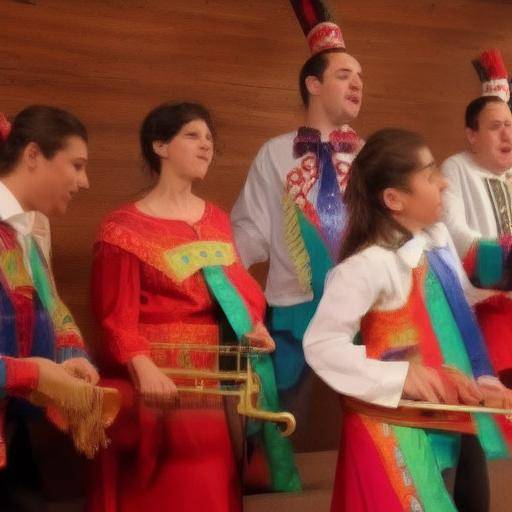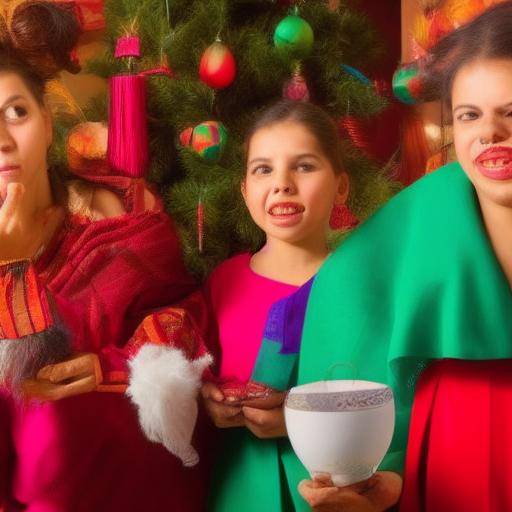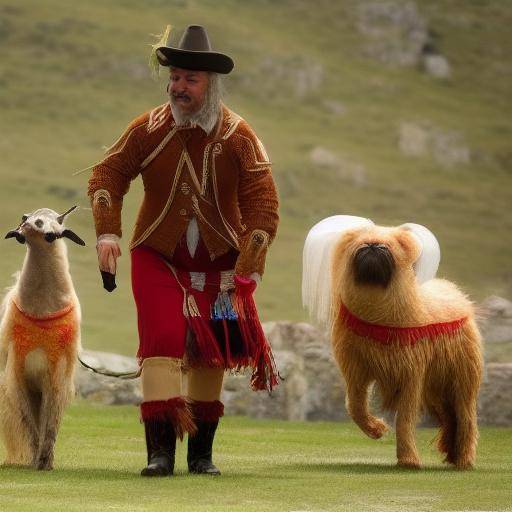
European folklore is full of rich traditions, mythologies and beliefs that have passed from generation to generation. One of the most fascinating and significant aspects of this tradition is the symbolism of animals, which has played a crucial role in the culture and worldview of various civilizations. Discover with us how animals have been represented in European folklore, their meanings and the influence they have had in the traditions of this region.
Introduction
The symbolism of animals has been an integral part of European folklore for centuries, and its importance and relevance continue to this day. In this article, we will explore in depth the deep connection between animals and European beliefs, how they are reflected in folklore and traditions, as well as their impact on current popular culture.
History and Background
The symbolism of animals in European folklore has its roots in the ancient civilizations that populated the continent. From the wisdom of the Celtic Druids to the Nordic legends of Scandinavian mythology, animals have been regarded as symbols of strength, wisdom, cunning and protection.
The Germanic tribes worshiped creatures as the wolf, associating them with courage and loyalty, while the Celts saw in the deer a symbol of renewal and spirituality. Throughout history, these representations were intertwined with Christianity and other religious currents, leading to a complex network of symbolisms that still last today in festivities, fables and superstitions.
Deep analysis
The symbolism of animals has not only influenced European folklore, but has also left an indelible mark on the art, literature and iconography of the region. The image of the dragon in medieval legends, fairy tales that highlight the characteristics of animals such as fox or lion, are examples of how these symbols have been used to transmit moral teachings, values and collective fears.
At present, animal symbolism remains a prominent component of European traditions and festivities. From the Christmas ornaments representing animals to the religious processions where they wear banners with mythical beasts, the presence of animals in the collective imagination remains palpable.
Exhaustive examination
The symbolism of animals in European folklore is a multidimensional aspect that encompasses both the spiritual and the daily sphere. Over the centuries, the meaning attributed to each animal has evolved and adapted to cultural changes, but its presence remains a constant in European identity.
This symbolism has also been integrated in the field of decorative arts, fashion and advertising, where elements such as the figure of owl, wolf or eagle are used to communicate specific values or sensations.
Comparative analysis
By comparing animal symbolism in European folklore with other cultural traditions, it is evident that many of the interpretations of animals in the region have influenced global narratives. For example, the association of the crow with death in the Nordic mythology has parallels in other cultures.
Moreover, the way in which European folklore has given meaning to creatures such as wolf, bear, eagle or horse, reveals a wealth of symbolism that transcends the regional sphere and becomes a heritage of humanity.
Practical Tips and Accessible Recommendations
If you are interested in exploring more deeply the symbolism of animals in European folklore, we recommend reading specialized literature, visiting museums dedicated to popular culture or even participating in local holidays where animals occupy a prominent place.
Reflections and Opinions of Experts in the Industry
Experts on anthropology, history of art and mythology have a lot to say about the symbolism of animals in European folklore. Their views provide an enriching perspective on the importance and cultural legacy of these symbolic interpretations that are transmitted from generation to generation.
Case Studies and Practical Applications
The cases of application of this symbolism are abundant in various manifestations of contemporary culture, from literature to cinema, where the plots and the characters become nurtured by symbolic associations with animals present in folklore.
Future Trends and Predictions
Animal symbolism in European folklore will continue to be a fertile area of exploration and reinterpretation in the future. New generations of artists and creators will continue to find inspiration in the mythological representations of animals, keeping these traditions alive in a constantly changing world.
Conclusions
The symbolism of animals in European folklore is a deeply rooted theme in the traditions and beliefs of this region. Over the centuries, these symbols have remained essential elements in cultural expressions, and their influence extends beyond geographical and temporal borders, keeping alive the connection between human beings and nature.
Frequently asked questions
What is the origin of animal symbolism in European folklore?
The symbolism of animals in European folklore has its roots in the ancient pagan beliefs of the different civilizations that populated the region. As these cultures were mixed with Christian influences and other belief systems, animal symbolism became enriched and became a distinctive element of European folklore.
What role do animals play in European holidays?
Animals have played diverse roles in European festivities throughout history. From bearing symbolic meanings in parades and processions to being part of fertility or protection rituals, their presence has been fundamental in the expression of popular traditions.
How has animal symbolism evolved over time?
The symbolism of animals has experienced significant changes throughout European history, reflecting the values, mythologies and circumstances of each time. Despite cultural transformations, many of these symbols have managed to maintain their relevance, adapting to new realities.
Does animal symbolism in European folklore influence contemporary culture?
Yes, the symbolism of animals in European folklore continues to influence contemporary culture. Symbolic elements such as wolf, raven, dragon, among others, continue to be used in literature, cinema, art and fashion, keeping alive the rich heritage of these representations.
How can I learn more about animal symbolism in European folklore?
In order to deepen knowledge on this topic, it is recommended to read works specializing in European mythology, perform visits to museums or exhibitions on folklore and participate in traditional celebrations where animal symbolism has a prominent role.
Are there significant differences in animal symbolism in different regions of Europe?
Yes, the different regions of Europe have their own interpretations and symbolic associations with animals. For example, the bear may have particular meanings in the mythology of areas in northern Europe, while in the south its symbolism may vary.
Conclusion
The symbolism of animals in European folklore is a fascinating theme that reveals the intricate relationship between humanity and nature throughout history. These symbolic representations have not only enriched the cultural heritage of Europe, but have also transcended borders and continue to inspire human creativity today. Discovering and understanding the symbolism of animals in European folklore allows us to appreciate the depth and beauty of these traditions, as well as their lasting influence on European identity and global culture.


